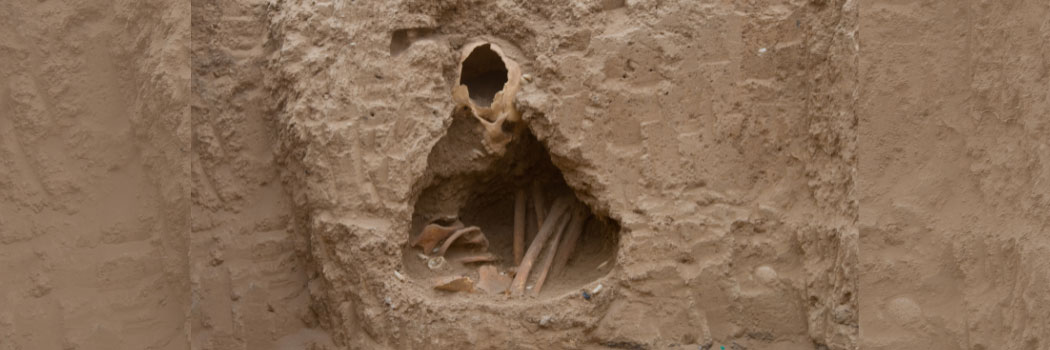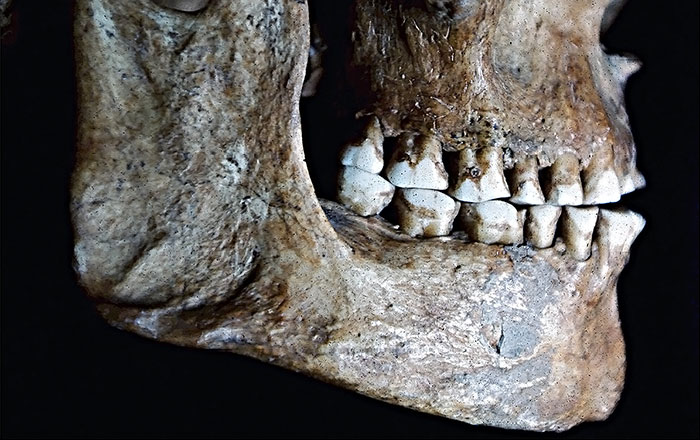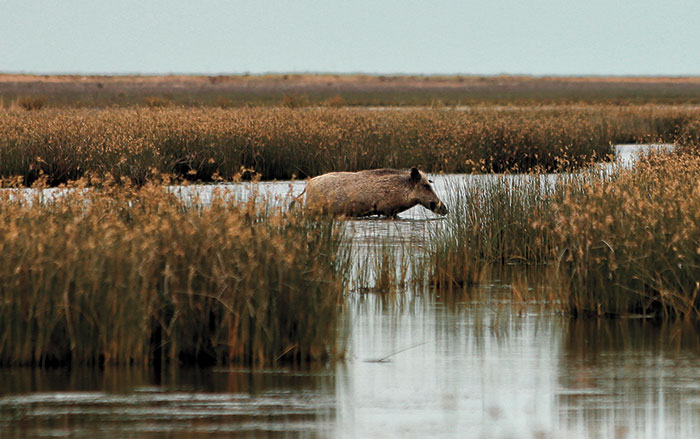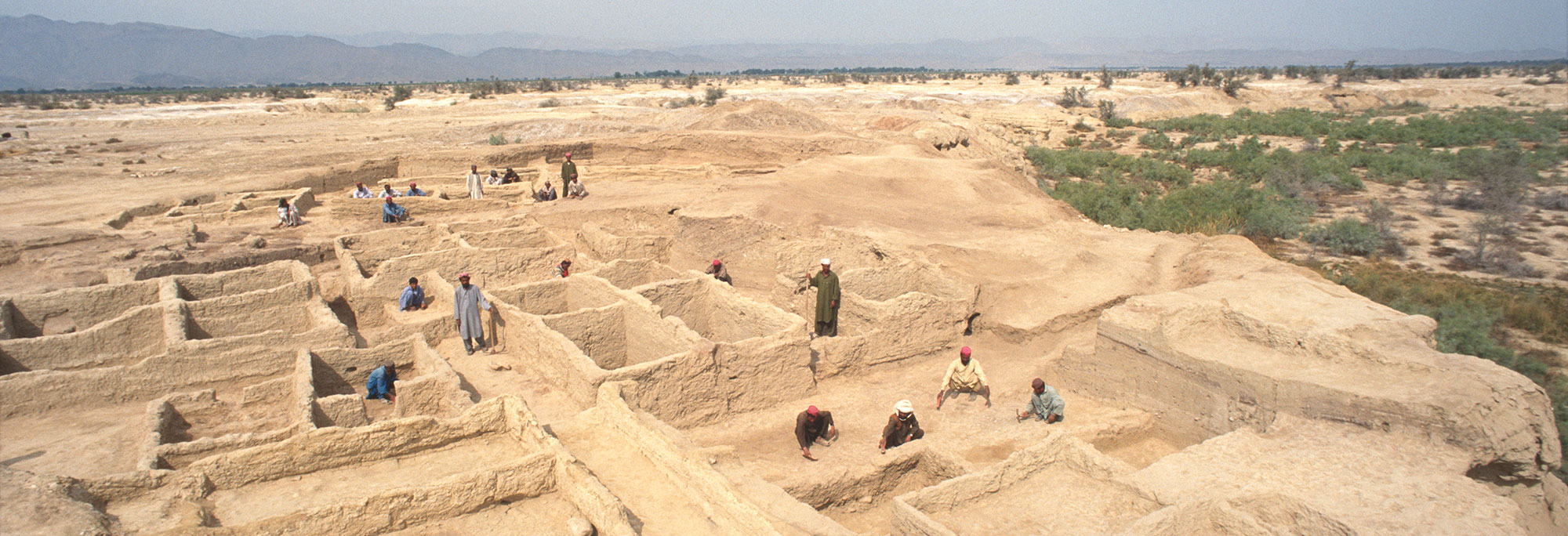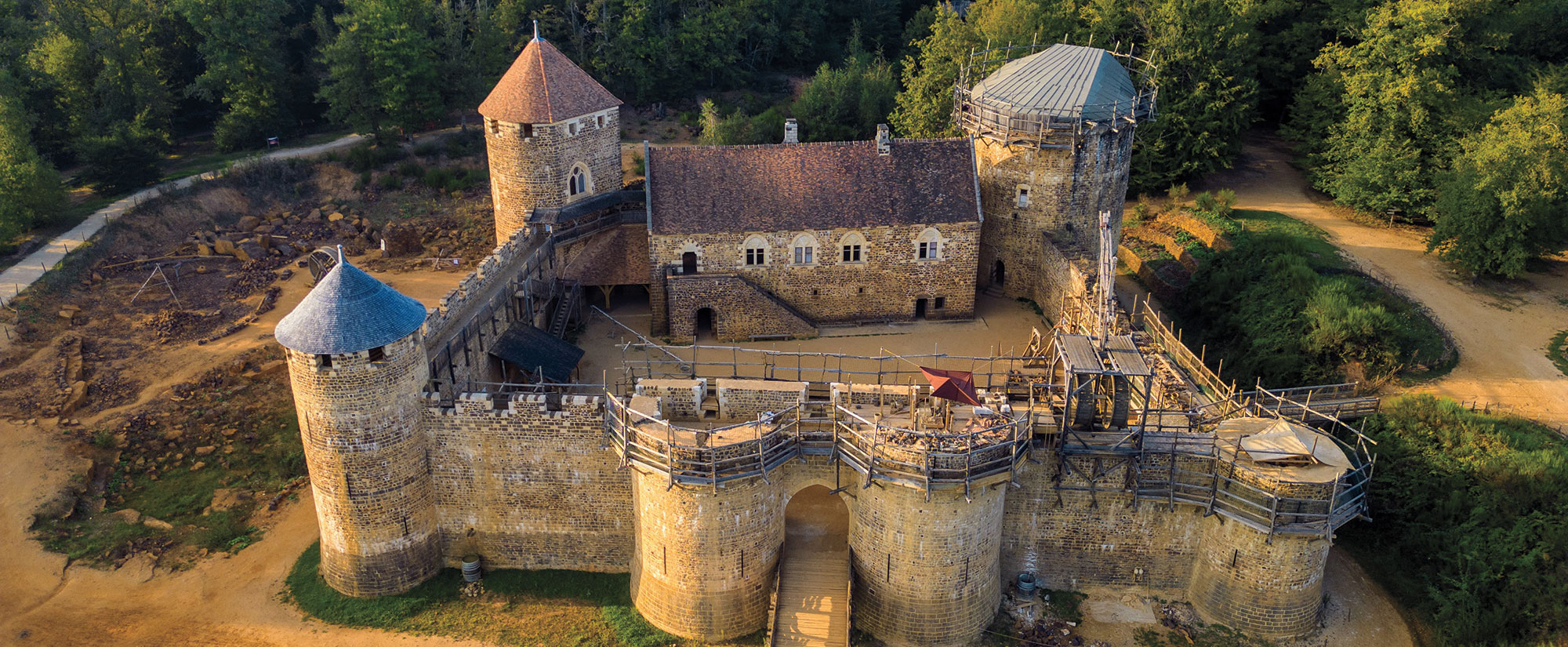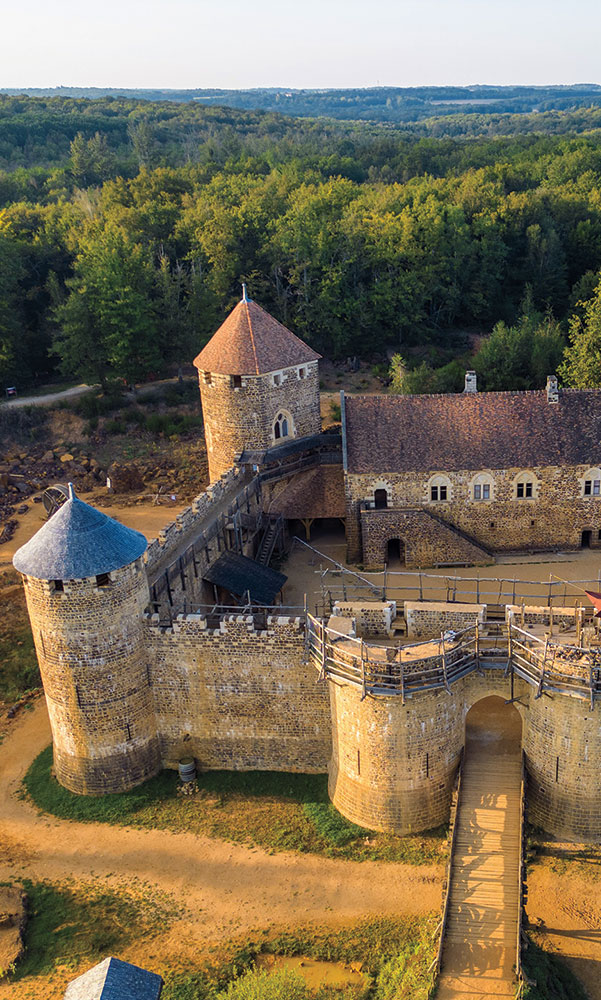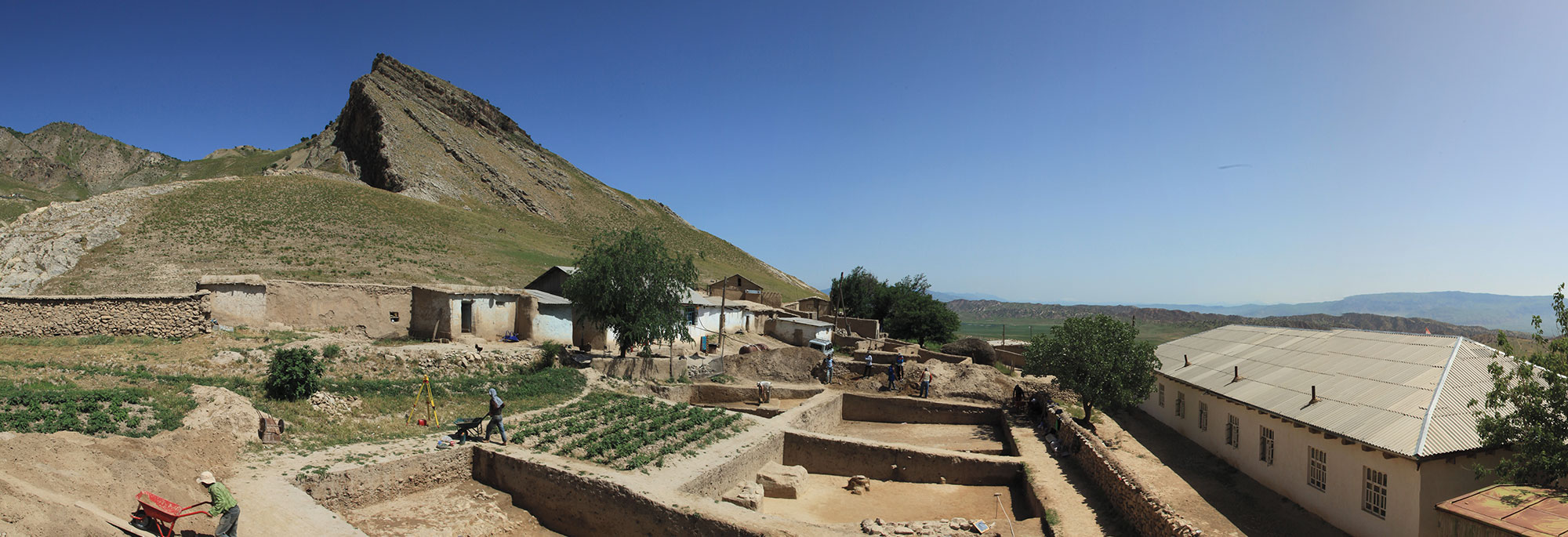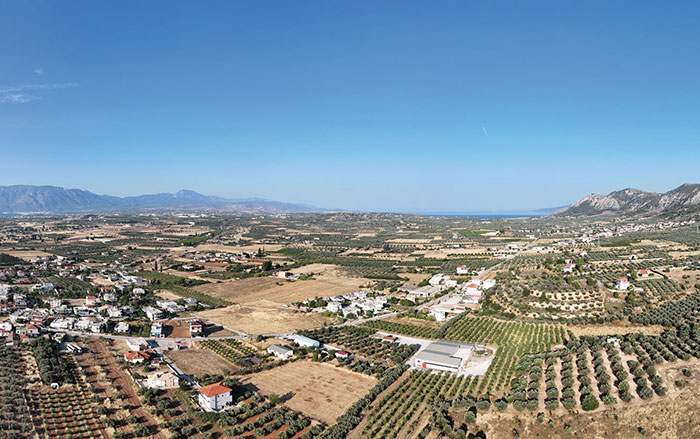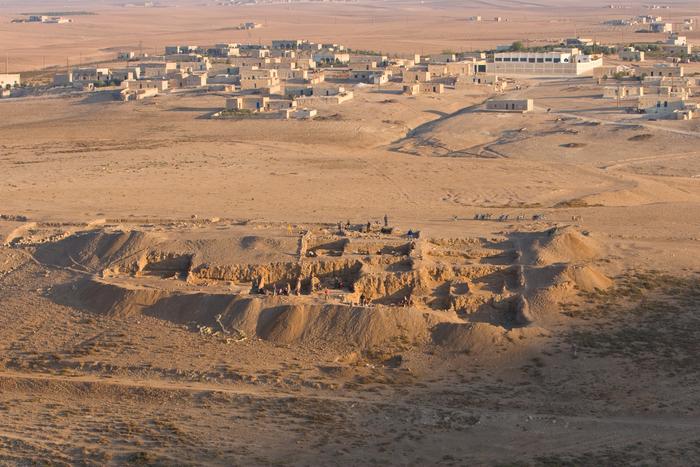
DURHAM, ENGLAND—According to a statement released by Durham University, a team of researchers led by Eva Fernandez-Dominguez analyzed the teeth of 71 people whose remains were recovered from five different Neolithic sites in Syria, including Tell Halula. The teeth have been dated to between 11,600 and 7,500 years ago. Chemical analysis of the levels of strontium and oxygen isotopes in the tooth enamel allowed the researchers to determine which individuals had grown up in the area where their bodies were recovered, and which individuals had migrated there from other locations. The results of the study suggest that by the end of the Neolithic period, women were more likely to move between communities than men. Additional examination of the bones and the burials revealed that locals and non-locals received the same funerary treatments, indicating that the newcomers had been fully integrated into their adopted communities. Read the original scholarly article about this research in Scientific Reports. To read about a carved bone wand uncovered in Syria, go to "Artifact: Neolithic Wand."


